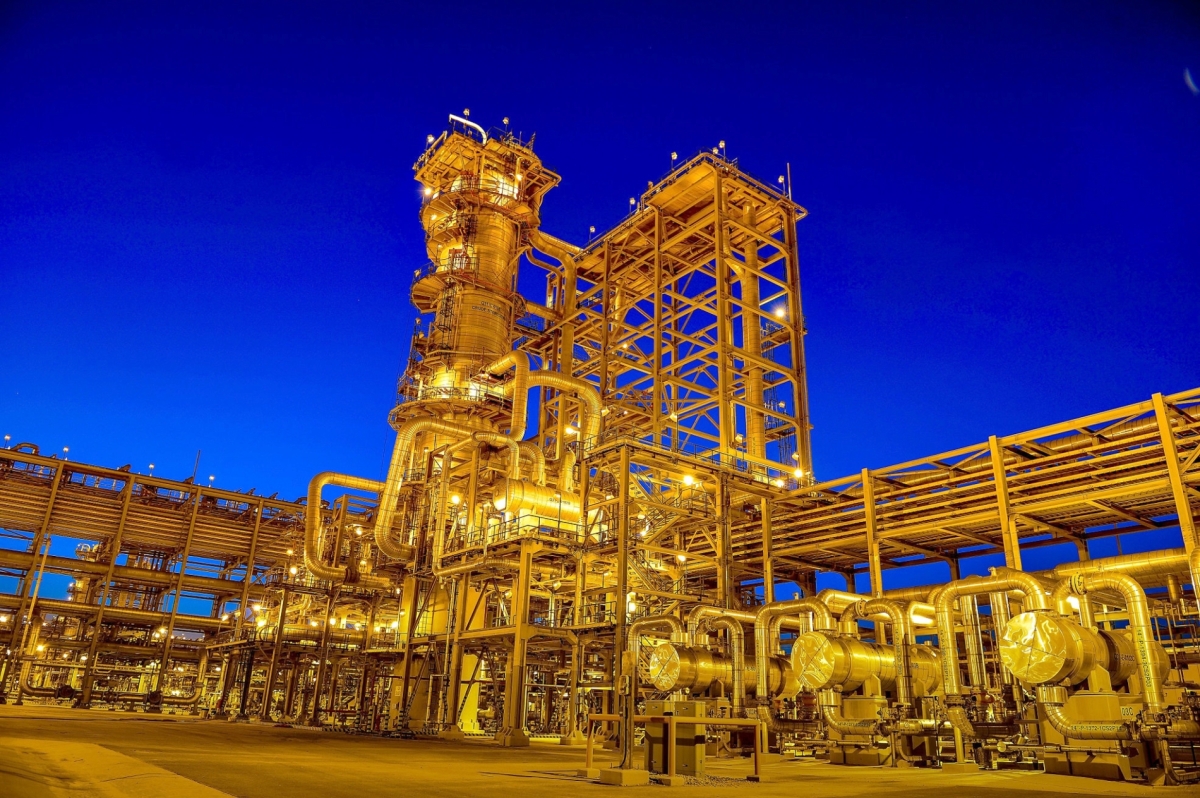Saudi Arabia is expanding its crude oil refining capacity to better adapt to the changing global energy market. The Kingdom is not merely responding to short-term market shifts but actively redefining how it leverages its hydrocarbon resources to maximise value creation and ensure long-term economic resilience.
Refining activity in Saudi Arabia surged to a two-year high in April 2025, according to data from the General Authority for Statistics. The Industrial Production Index (IPI) for refined petroleum products climbed from 97.4 in January to 123.5 in April—its highest level since at least January 2023. This upward momentum is part of a broader trend that began in March and connotes an ongoing move towards maximising downstream operations.
The increase in refining output coincided with the phased unwinding of OPEC+ voluntary cuts. Starting in April, a core group of eight producers, including Saudi Arabia, Russia, and the UAE, began easing 2.2 million barrels per day (bpd) of voluntary production cuts. Riyadh contributed the largest single increase, adding 130,000 bpd of supply in May, according to a Reuters survey. However, rather than exporting this additional crude, Saudi Arabia has channelled it into domestic refining—highlighting a policy preference for value-added transformation over raw commodity export.
The Joint Organisations Data Initiative (JODI) data for March showed refinery runs reaching 2.94 million bpd, approaching the record 2.96 million bpd set in April 2024. That level may have been surpassed in April 2025, despite a 60-day shutdown at the 400,000 bpd Petro Rabigh complex, which began on 15 April. The ability of other plants—notably Ras Tanura, SATORP, SAMREF, and YASREF—to compensate for the outage illustrates the overall sector’s growing capacity.












